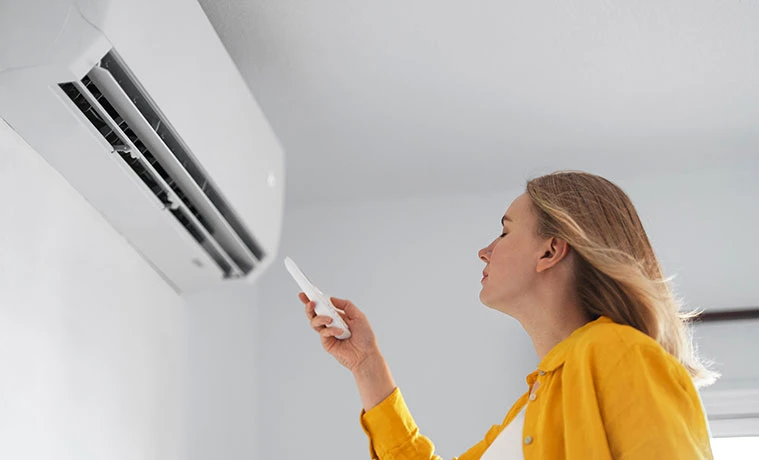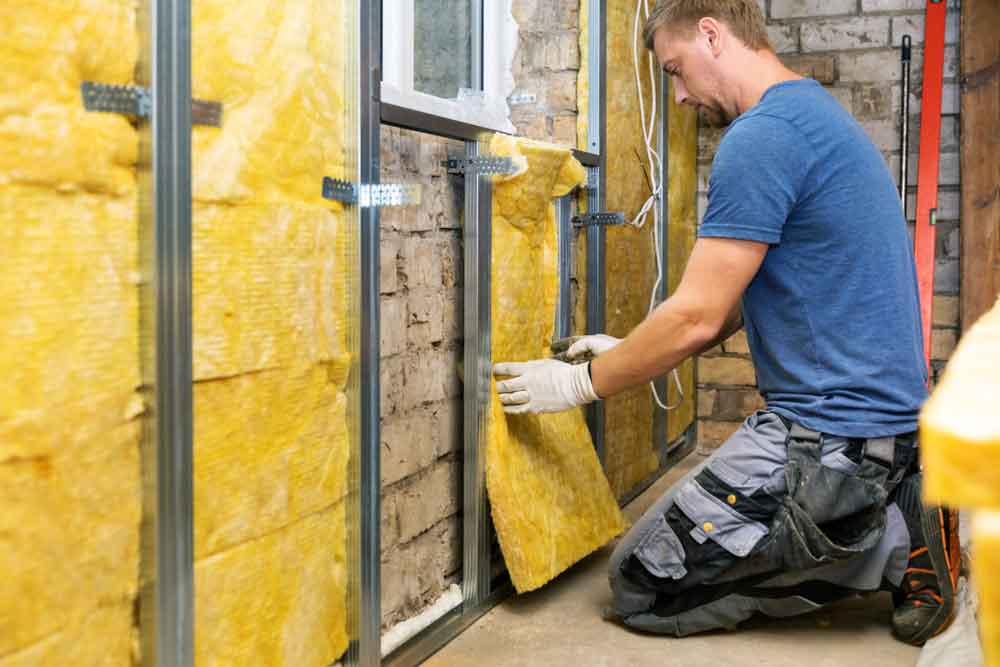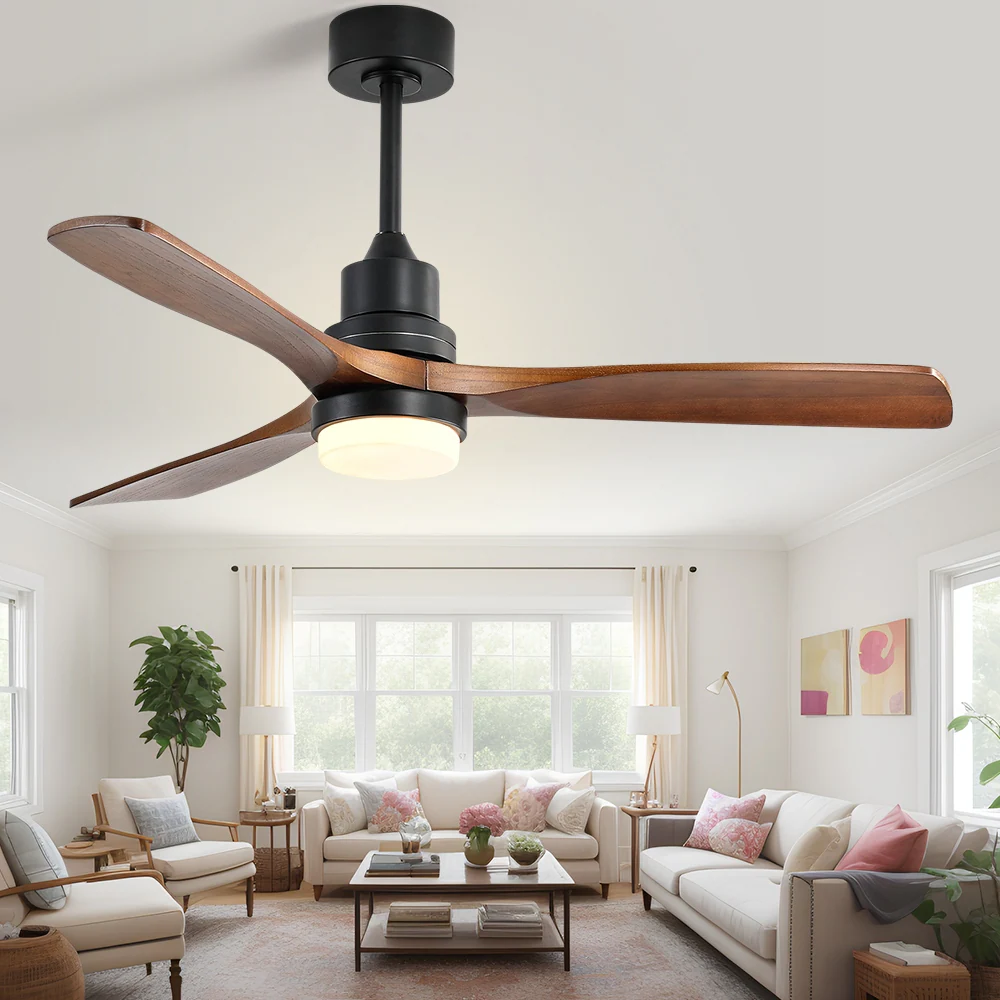Energy Efficient - Lighting

Energy-efficient lighting, especially when it comes to domestic downlights, can indeed save you money in Brisbane. Let’s explore how:
- LED Downlights: These are a fantastic option for replacing old light fittings or halogen downlights. Here’s why they can help you save:
- Energy Efficiency: LED downlights are much more efficient than traditional halogen bulbs. They produce significantly more light per watt, which means you get brighter illumination while using less electricity.
- Longevity: LEDs have a longer lifespan compared to halogen bulbs. You won’t need to replace them as frequently, reducing maintenance costs.
- Lower Heat Emission: Unlike halogens, LEDs emit very little heat. This not only makes them safer but also prevents unnecessary heat buildup in your home, which can impact your air conditioning costs.
- Reduced Energy Bills: By switching to LED downlights, you’ll notice a significant reduction in your energy bills. These lights consume less power while providing excellent illumination.
- Government Programs: In Queensland, there are programs like the QLD Home LED Upgrade Program that encourage homeowners to transition to energy- efficient lighting. Accredited Power Saver offers LED replacement installations, and you can even upgrade your smoke alarms during the process for added peace of mind.
Remember, every small step toward energy efficiency contributes not only to cost savings but also to a more sustainable environment. So, go ahead and brighten up your home with energy-efficient downlights!
Did you Know ?
Understanding lighting
While individual light bulbs do not consume large amounts of electricity, the average Australian home contains 37 light bulbs. So choosing efficient and well-designed lighting can still save you energy and money.
"LED bulbs use around 80% less electricity to produce the same amount of light as a halogen bulb."
Light bulbs are rated according to their brightness and their efficiency:
- Consumers used to purchase bulbs by the amount of power (or watts) they
used; however modern bulbs – especially LEDs – produce the same amount
of light using far less electricity. This means that it no longer makes sense to
choose a new bulb based on how many watts it uses. Nowadays, the way to
choose a new bulb is to look at how much light it produces, which is
measured in ‘lumens’ (lm). A higher number of lumens means a brighter bulb.
If a single light bulb were to be used to illuminate a room, standard bulb sizes
in lumens are:
- 420 lm – for a table lamp
- 800 lm – for a small room
- 930 lm – for a medium room
- 1300 lm – for a large room or a bright work area
LED virtual skylights (also known as solar skylights, solar LED lights, skylight alternatives, or imitation daylighting devices) provide artificial light from LEDs that are powered by solar energy. While they do not provide natural light, they can bring the effect of daylight to a dark room or space where the installation of a skylight is restricted, or where there are concerns about the risk of roof leaks or hail damage. The system involves an LED light mounted on (or in) a ceiling in the home, connected to a dedicated roof-mounted solar collector. Because it relies on solar power, the light dims according to the time of day and with passing cloud cover, simulating conditions outside. The LED light fittings come in various shapes and sizes and a single solar panel can power multiple lights. LED virtual skylights require little or no roof space and installation is less costly than a conventional skylight.



